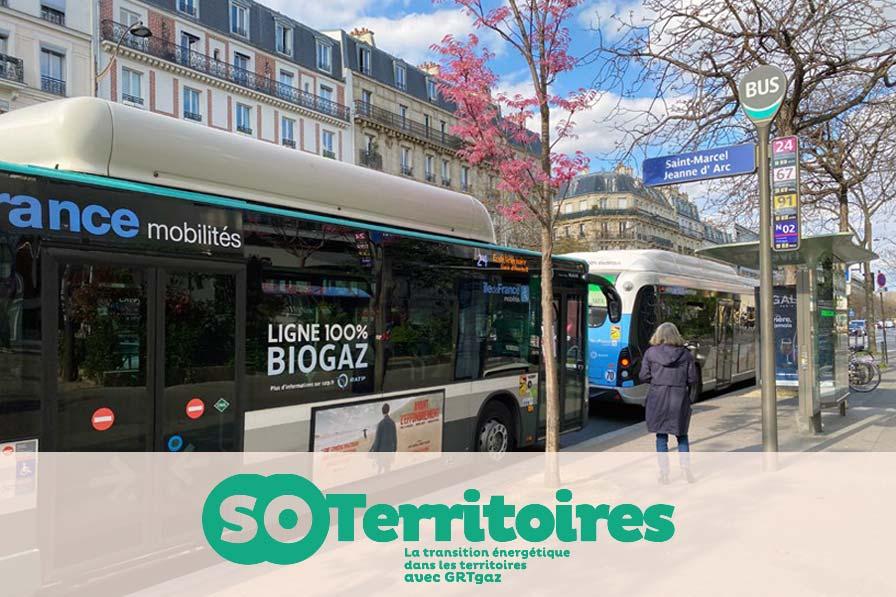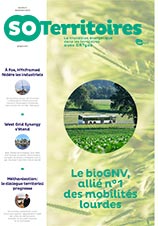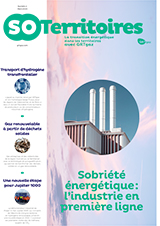Public transport

For many local authorities, bioNGV is often the preferred decarbonisation option for their road passenger transport.
“Satisfaction levels for bioNGV are high. Local authorities praise its environmental and operational benefits.”Jean Terrier
Mobility Manager at GRTgaz
Rennes, Grenoble, Lyon, Toulouse, Nantes… The list of cities and conurbations that have bet on an energy mix including biomethane is long. Recently, Le Havre Seine Métropole renewed its Lia network fleet: 55 bioNGV buses will be delivered over the next four years. Seventy-five percent of buses and coaches in Île-de-France Mobilités (the Paris-area public transport network) will likewise run on bioNGV by 2030. There is no denying the enthusiasm. The Hauts-de-France region’s strategy is another example. The Regional Council is making biomethane production a major focus of its decarbonisation and transition policy, and bioNGV-fuelled mobility is an obvious extension of this process.
Other local authorities have been encouraged by these developments, including the European Metropolis of Lille, a pioneer in (bio)NGV-fuelled transport, Dunkirk, Valenciennes, Amiens and Douai. At the same time, the Hauts-de-France region is developing refuelling stations through its semi-public company Énergies Hauts-de-France, and is pushing for bioNGV on regional bus lines. The Aisne Regional Transport Authority (RTA) will soon build its own (bio)NGV station, located close to an anaerobic digestion unit. “A return to diesel is impossible for the local authorities,” recalls Jules Diatta, Regional Development Manager at GRTgaz. “Diversifying the energy mix with bioNGV is the topic on everybody’s lips.”
Video Interview with Jérémy Olivier, Île-de-France Mobilités (french version)
Publications


Inscription aux newsletters soTerritoires et soNews
